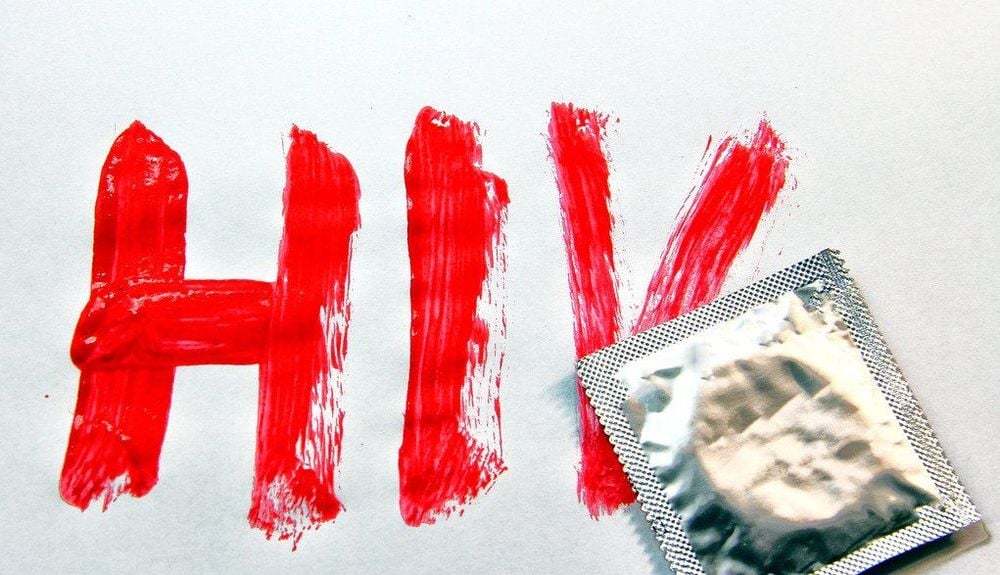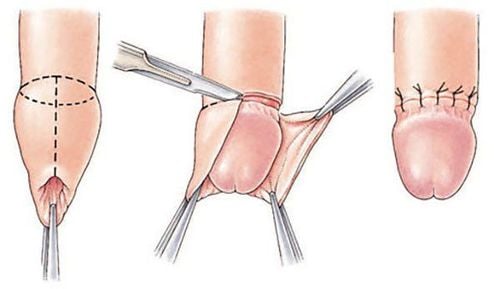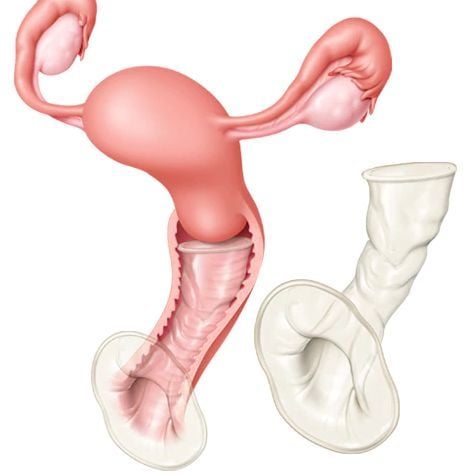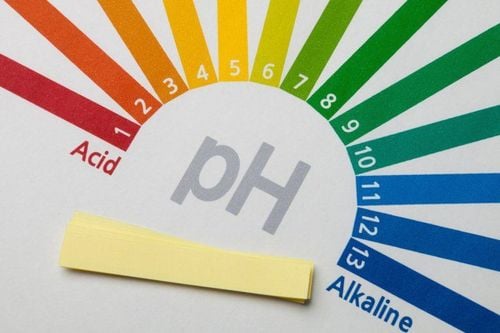This article has been reviewed and edited in consultation with Level I Specialist Doctor Nguyen Thi Man, Obstetrician and Gynecologist, Department of Obstetrics and Gynecology, Vinmec Da Nang International Hospital.
Using condoms is one of the most common contraceptive methods today due to its convenience and affordability. There are various types of condoms, ranging from basic ones to those combined with lubricants or spermicide.
1. What Are Condoms and Condom Lubricants?
Condoms are one of the most popular and effective contraceptive methods today.
Both male and female condoms work by retaining semen during intercourse, preventing sperm from entering the vagina and uterus. Condoms can also be used during oral or anal sex.
Condoms are the only form of birth control that also protects against sexually transmitted infections (STIs) such as HIV, gonorrhea, and syphilis.
There are various types of male condoms, including:
• Condoms made from plastic, latex, or lambskin:
• Lubricated condoms:
Lubrication refers to a thin layer of liquid on the condom. It reduces friction, prevents pain, and enhances sexual stimulation. Additionally, lubrication helps prevent the condom from breaking.
• Condoms with spermicide:
Some condoms are coated with a spermicide, which can reduce the risk of pregnancy. However, spermicide may irritate genital tissues, increasing the risk of HIV infection.
• Textured condoms:
These include ribbed or studded condoms, which may enhance pleasure for your partner.

2. Is Condom Lubricant Harmful?
Lubricants in condoms, or lubricants in general, reduce discomfort during sexual activity by providing lubrication to vaginal tissues. However, contact with certain lubricants may lead to significant long-term risks to reproductive health.
Recent studies have shown that many lubricants available on the market can have long-term adverse effects on vaginal tissues, including:
• pH Levels:
The ideal pH level for lubricants is compatible with the normal vaginal pH range of 3.8–4.5. A pH above 4.5 increases the risk of bacterial vaginosis. Unfortunately, many lubricants exceed this pH range, elevating the risk of vaginal infections.
• Độ thẩm thấu: cause vaginal tissues to shrink as water is drawn out of cells. This process irritates and disrupts the mucosal barrier, leaving the vagina more susceptible to infections and sexually transmitted diseases like HIV.
Many lubricants in use have high penetrance which is detrimental to vaginal tissue.
• Harmful Chemicals Found in Lubricants:
Some lubricants contain harsh chemical components. Even short-term exposure to these toxic substances can cause irritation, discomfort, and increase infection risk.
It is important to note that not all lubricants in condoms cause vaginal irritation, and not all women experience irritation upon contact with these lubricants.
3. How to Use Condoms Properly?

3.1. Proper Use of Male Condoms:
Use a condom at any time before or during sexual activity.
• Be cautious not to tear the condom while opening its packaging.
• Do not use the condom if it feels brittle, sticky, or has expired.
• Wear the condom once the penis is erect and before any sexual contact.
• Keep the condom on throughout the entire intercourse session.
• Always use a new condom for each sexual act.
• If uncircumcised, pull back the foreskin before putting on the condom.
• For condoms without a reservoir tip, leave about half an inch at the tip to collect semen.
• Pinch the tip of the condom while unrolling it to the base of the penis.
• If the condom breaks during intercourse, stop immediately, withdraw, and use a new condom.
• After ejaculation and before the penis becomes flaccid, carefully withdraw, ensuring the condom remains in place.
• Dispose of the condom without spilling its contents.

3.2. Proper Use of Female Condoms:
Insert the condom before sexual activity.
• Sit with your knees apart or lie down with your legs bent and knees apart.
• Remove the condom from its packaging.
• Ensure the open end faces outward.
• Apply a small amount of lubricant to the closed end for easier insertion.
• Squeeze the inner ring between your thumb and middle finger.
• Insert the inner ring and condom pouch into the vagina.
• Push the condom past the pubic bone.
• Ensuring condom is not twisted.
• The outer ring should remain outside the body.
• Guide the partner’s penis into the condom, and stop if the penis slips between the condom and vaginal wall.
• Stop if the outer ring is pushed inside the vagina or if the condom shifts position.
• After intercourse, gently twist the outer ring to contain the semen and remove the condom.
• Sit with your knees apart or lie down with your legs bent and knees apart.
Maintaining a healthy sexual relationship with one uninfected partner can help reduce the risk of sexually transmitted infections. However, no preventive measure offers 100% protection against STIs.
To arrange an appointment, please call HOTLINE or make your reservation directly HERE. You may also download the MyVinmec app to schedule appointments faster and manage your reservations more conveniently.
References: webmd.com, healthline.com, womensvoices.org.
To arrange an appointment, please call HOTLINE or make your reservation directly HERE. You may also download the MyVinmec app to schedule appointments faster and manage your reservations more conveniently.









